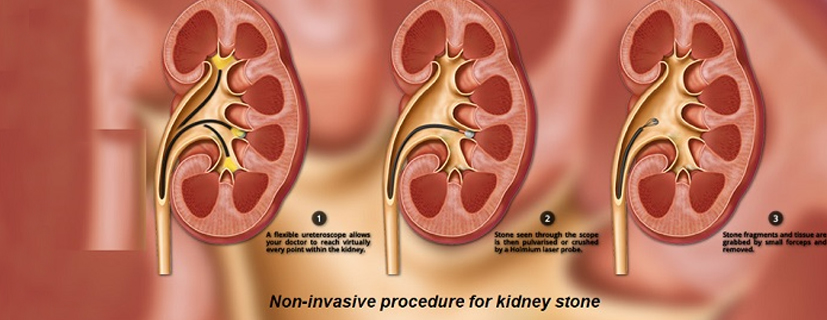Book Appoinment
Flexible Ureteroscopy-RIRS


Flexible Ureteroscopy with retrograde intrarenal surgery (RIRS) is a minimally invasive procedure used to treat kidney stones. It involves the use of a flexible ureteroscope, which is a thin, flexible tube with a light and camera at the end, to visualize and access the inside of the kidney. RIRS allows for the removal or fragmentation of kidney stones without the need for surgical incisions.
Here's a step-by-step overview of flexible ureteroscopy-RIRS:
Preparation: Before the procedure, the patient may receive anesthesia, which can be general, regional, or local depending on the case. Anesthesia ensures the patient's comfort during the procedure.
Insertion of the ureteroscope: The urologist inserts the flexible ureteroscope through the urethra and into the bladder. From there, the scope is advanced through the ureter and into the affected kidney.
Visualization and stone identification: Once the ureteroscope is in place, the urologist uses the camera and light at the tip to visualize the inside of the kidney. The stones are located and assessed for size, position, and composition.
Stone fragmentation: If the stones are too large to be removed intact, they are fragmented using different techniques. One common method is the use of laser energy delivered through a laser fiber passed through a working channel of the ureteroscope. The laser breaks up the stones into smaller fragments.
Stone removal or extraction: After fragmentation, the urologist may use various tools within the ureteroscope to remove the stone fragments. These tools can include graspers, baskets, or suction devices. In some cases, a small flexible retrieval device called a nitinol basket may be used to capture and extract the stone fragments.
